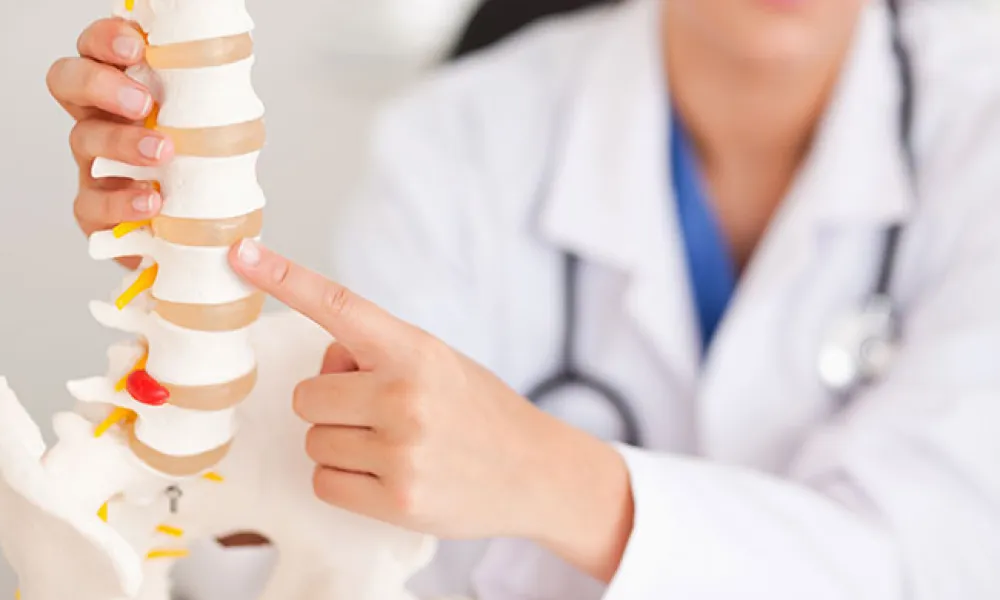The 2018 spring meeting of the American Association of Hip and Knee Surgeons was held from May 3rd-5th in Miami, Florida. Orthopedic surgeons discussed the correlation between spinal deformity, spinal fusion, and total hip dislocation at a symposium during the meeting.
There are multiple reasons for the correlation of these issues with one another, but we can simplify by examining the relationship between hip and spine motion. When we transition from standing to sitting, our pelvis rotates towards our backside. This increases the distance between our hip bone and our hip socket, allowing us more flexibility and motion.
When significant spine arthritis, deformity, or fusion restricts the ability of our pelvis to rotate with the lower spine, there is less distance available between the hip bone and socket. This limits our motion – for example, it becomes more difficult to put our socks and shoes on as we age.
These spine restrictions also decrease the stability of a hip replacement. In patients who have them, it’s more important to get the socket position of a total hip correctly aligned. Even with the socket in ideal position, the risk of instability (dislocation or subluxation) is much higher for those with spine issues. Likelihood of risk is around 8%, compared to less than 2% for hips that are not associated with spine conditions.
Patients need to be aware that spine fusion either before or after a hip replacement can adversely affect their outcome. Additional work needs to be done to help us better understand this association between spine conditions and hip replacement, and to help to mitigate these risks.
Dr. Barrett performs over 500 joint replacement surgeries annually. For more information about hip and knee issues, contact Proliance Orthopedic Associates at 425.656.5060.

